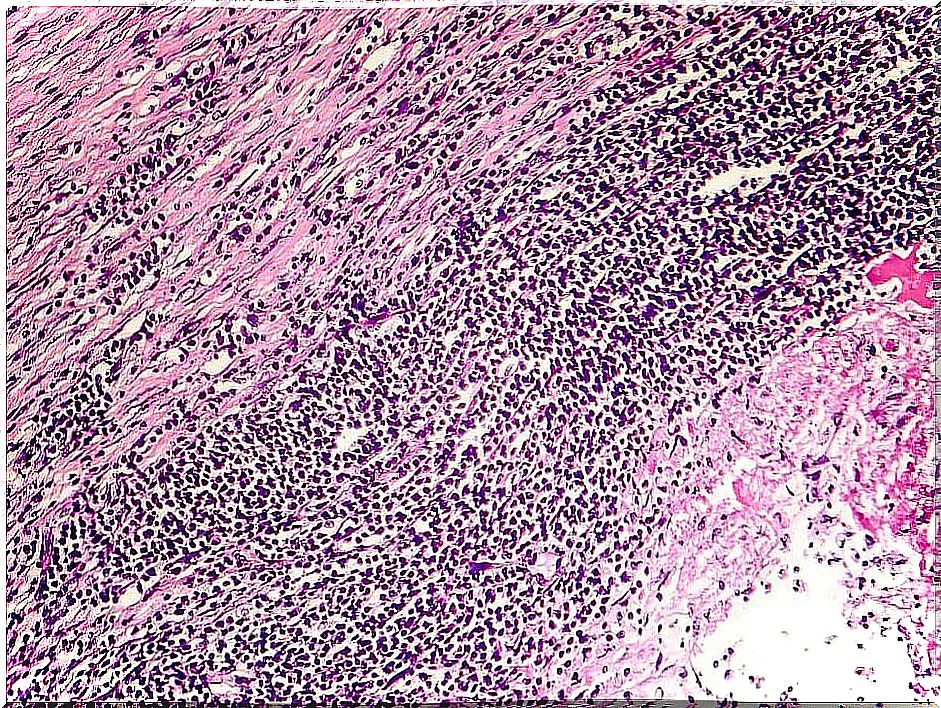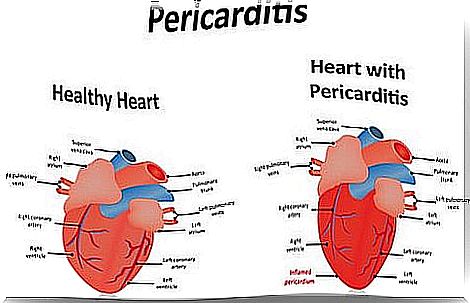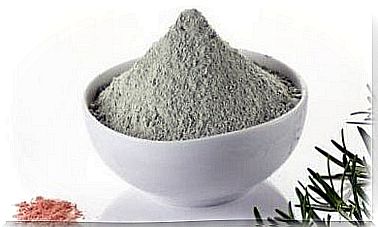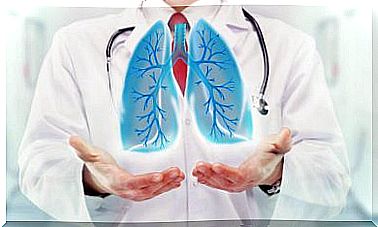Pericarditis: Symptoms, Causes And Treatment
The symptoms of pericarditis are very similar to those of a heart attack. However, in a large number of cases, this problem resolves itself and requires only common pain relievers. Only rarely does it require larger measures.

Pericarditis is inflammation of the pericardium. The pericardium, in turn, is a sac-like membrane that surrounds the heart. This membrane has two layers and between them there is a small volume of liquid, which serves as a lubricant and makes the two layers slide against each other, without causing problems.
When pericarditis occurs, the volume of the fluid increases. This can clog the heart, preventing it from functioning. However, in most cases there are no major problems and it improves without the need for treatment. The most serious cases require medication and only rarely, surgery.
Pericarditis mainly affects men between the ages of 20 and 50. In cases where it is impossible to treat, the pericardium can be removed without serious consequences.
Types of pericarditis

There are basically two types of pericarditis: acute and chronic. Let’s see the characteristics of each of them:
- Acute pericarditis. It is characterized by its sudden onset. It lasts less than six weeks and, relatively frequently, causes pericardial effusions. You have symptoms similar to those of a heart attack. Only a small percentage of patients have relapses.
- Chronic pericarditis. It arises as a consequence of a thickening of the pericardium or an accumulation of fluid. It lasts more than six weeks and can cause right ventricular failure, that is, edema in the abdominal area, pretibial area and ankles.
Chronic pericarditis occurs when fibrous tissue previously forms around the heart. This tissue compresses that organ and increases the pressure in the veins that carry blood to it. This causes the fluid in the pericardium to stagnate and, in its attempt to escape, end up accumulating in other parts of the body.
Causes of pericarditis
In 80% of cases it is impossible to establish the cause of pericarditis. However, it is very common that its origin is associated with some type of infection. The most common is that it is a viral infection. To a lesser extent, there is an underlying bacterial infection and only very rarely is it a fungal infection.
Likewise, there are many cases in which pericarditis appears associated with any of the following diseases:
- Autoimmune diseases.
- Cancer, including leukemia.
- AIDS.
- Renal insufficiency.
- Hypothyroidism.
- Tuberculosis.
- Rheumatic fever.
In other cases, the immediate history is a heart attack or cardiac surgery, as well as trauma to the thoracic area. Sometimes pericarditis is related to myocardial inflammation, radiation therapy to the chest, or the use of some drugs.
Symptoms and diagnosis

The typical symptom of acute pericarditis is severe, stabbing pain in the chest area. It sits on the left side and behind the breastbone. However, there are also many people who only experience mild and constant pain. Others report feeling a pressure in the chest, with varying intensity.
Pain is often felt in the left shoulder and neck as well. The discomfort is most intense when you cough, inhale deeply or when lying down. Instead, he manages to thin out a bit by sitting down and leaning forward a bit.
In chronic pericarditis, chest pain is also often the predominant symptom. In addition, both in this and in the acute one other symptoms may appear such as:
- Heart palpitations
- Slight fever.
- Cough .
- Swelling in the legs.
- Feeling dizzy
- Sickness.
- Weakness.
- Fatigue.
Treatment of pericarditis
Milder cases of pericarditis usually resolve on their own. However, once pericarditis is detected, drug treatment is started most of the time. Commonly used pain relievers are usually prescribed to manage pain and reduce inflammation.
Colchicine, which reduces inflammation and prevents recurrent episodes, may also be prescribed. However, this drug is not safe for those with liver or kidney disease, or for those taking certain medications.
When there is no response to these drugs, the measure to follow is usually ordering corticosteroids. If the cause of pericarditis is a bacterial infection, antibiotics are usually prescribed to treat it.
In the most serious cases, especially if there is suspicion of cardiac tamponade, it is appropriate to make a drain, through a pericardiocentesis procedure. It is rarely necessary to go to pericardiectomy, or definitive removal of the pericardium.









